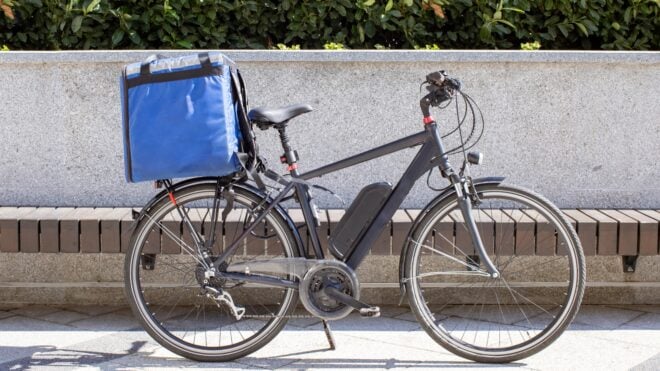It is so important that we keep our own health in check — and the best way to do that is to know what signs to look out for, and to identify what kind of immediate changes we can make in our lives to improve.
Thankfully, many of us already listen to and learn from our bodies, and are very aware of what certain signs — like these common symptoms of diabetes — are trying to tell us.
And while most of us have become familiar with how bodily components like insulin and glucose are used for energy, some might be having more problems with controlling their sugar highs and lows.
In an exclusive guide below, we explore some of the natural ways you can combat fluctuating blood sugar levels. Many of these tips suggest alternate exercising and eating habits, as what you put into your body has a very direct effect on everything, from blood sugar and inflammation to hormones.
Scroll further to see some of the best ways you can help balance your own blood sugar levels. Let us know your thoughts about them in the comments below!
1. Eat Well-Balanced Meals
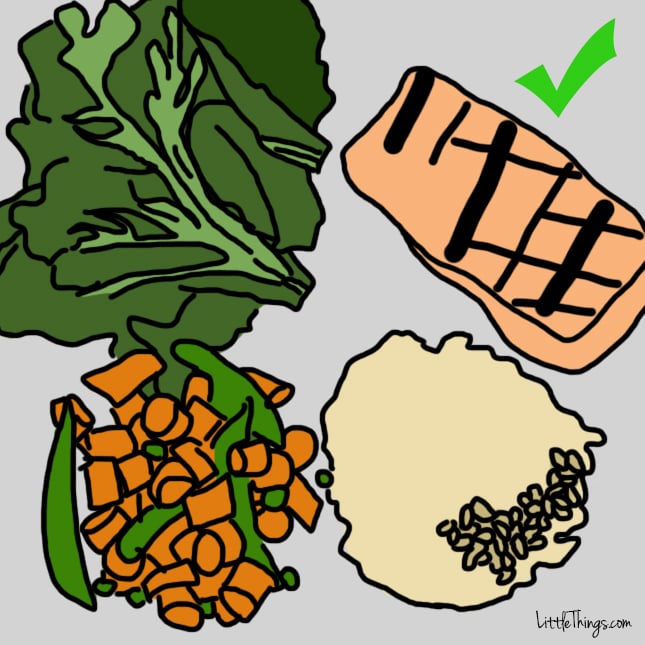
Doctors and nutritionists are still debating whether it's better to eat smaller, more frequent meals throughout the day — or to consume slightly larger, less frequent meals. While there is no hard proof citing the benefits of one over the other, it's important to keep in mind that all of our bodies work differently.
The key is to not eat constantly. The general idea is to eat balanced, well-portioned meals. If you're already eating three solid meals a day, you're on the right track, according to Lauren Geertsen, a nutritional therapy practitioner.
If you find that you're becoming constantly more fatigued, or have had issues with inflammation or indigestion, Lauren suggests that you slowly transition into eating less frequent meals.
Furthermore, balancing good quality proteins, carbohydrates, and fats on each plate is key to balancing your hormones. Foods like salmon, leafy greens, vegetables, and potatoes will work together to slow down the absorption of glucose into the bloodstream. In turn, this will help prevent sugar highs and sugar crashes.
2. Don't Always Trust The "Healthy" Whole Grains

Most of our diets include food sources like refined sugar, soy, and vegetable oils, which can contain highly inflammatory ingredients, and may promote high blood sugar.
That's why we should look at "healthy whole grains" more closely. Even though lots of store-bought whole wheat breads, cereals, and pastas have higher fiber and lower fat contents, that doesn't always mean they will be extremely beneficial to your health.
While these grains helps your body release glucose more slowly, they do contain highly inflammatory components, and after long periods of constant consumption may do more harm than good, according to Lauren.
In addition, the starches in these grains will do damage to the lining of the small intestine in the long run. Since the organ greatly helps you absorb nutrients, large grain intake will also disturb your blood sugar balance.
3. Eat Root Vegetables As Carbs

To combat the starches and inflammatory ingredients you get from the grains, try finding your main source of carbohydrates in healthy root vegetables and fruits.
Unlike grains — "whole" or not — vegetables and fruits will never lead to inflammation and intestinal damage.
Vegetables like carrots, beets, turnips, radishes, and ginger are full of rich nutrients, and can be a substitute for carbs.
4. Eat Quality Protein
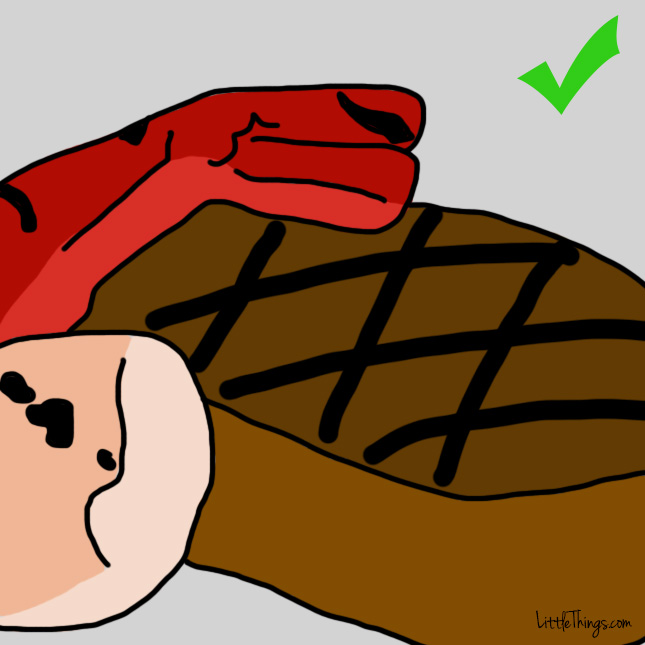
Contrary to what some may tell you, eating healthily doesn't mean cutting out foods like seafood and red meat.
The key is to eat quality sources of protein. They have good fats that will help slow down the absorption of glucose into the blood stream, and will also help your cells absorb the sugar, so that your body can convert it into energy.
Blood sugar goes out of balance when poor quality nutrients like proteins and carbs are consumed, or when they are eaten out of proportion, according to Lauren. For example, if you eat too much protein without a balanced amount of healthy fats, you will diminish your intake of vitamins A and D, which are fat-soluble.
5. Reduce Stimulants

Many things can be classified as "stimulants" — but most commonly, it's the ingestion of caffeine, nicotine, and even alcohol.
Doing all of these things can cause blood sugar levels to rise, because they prompt the adrenaline levels in our body to spike and to fluctuate unevenly.
Studies presented by the American Chemical Society showed that smokers with diabetes, or continuously high blood sugar levels, can increase their risk of heart attacks, strokes, kidney failures, and nerve damage with the use of stimulants.
6. Get Enough Sleep

Improving your sleeping habits will definitely have a positive effect on your blood sugar levels, according to Lauren.
In a study published by the U.S. National Library of Medicine, patients who were sleep-deprived showed a significant decrease in their cortisol concentrations. This signaled that they were suffering from adrenal fatigue, which can contribute significantly to hypoglycemia, or low blood sugar.
If you're not getting enough sleep, your glucose tolerance may be negatively affected. Your cells will find it more difficult to absorb glucose, and this will lead to higher blood sugar levels.
7. Practice The "Side Shuffle"

Aside from knowing how to balance your meals, a little exercise will also go a long way when balancing blood sugar levels.
Dr. Mehmet Oz, of The Dr. Oz Show, stresses that it's important to exercise your red muscles. One of the easiest way to do this is to do a "side shuffle."
- Stand with your feet slightly wider than shoulder-width apart.
- Bend your arms at the side, and bend slightly at the waist.
- Slide your right foot toward your left, and step to the left with your left foot.
- Do this two or three times — and then repeat, going the other direction.
According to Oz, this “steady lateral movement works your red muscles.”
If you do this long enough (for, say, 10 consecutive minutes), the movement will exercise all of your core muscles.
8. Eat Low-Glycemic Foods
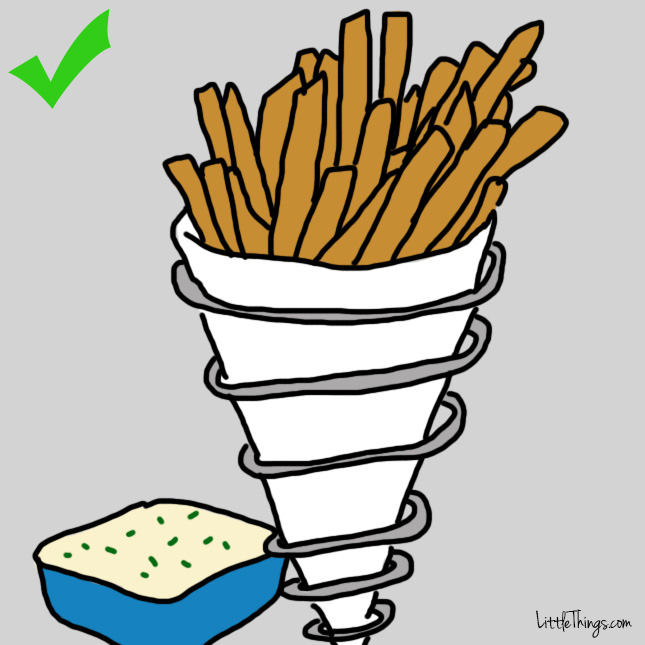
Low-glycemic foods help release the glucose in your body at a steadier, slower rate. This is because these foods take a longer time to be broken down in the intestine for digestion.
Christa Orecchio, a clinical nutritionist, suggests eating foods like sweet potatoes (which can be made into sweet potato fries!), green apples, berries, beans, and oats to absorb healthy, low-glycemic nutrients into your body.
You can also eat more vegetables, stone fruits, nuts, and seeds, and different root vegetables, like butternut squash.
9. Try Taking A Dance Class

For most people, it simply feels good to move around and to stay active.
For those who suffer from diabetes of high blood sugar levels, there are simple ways to exercise that aren't tedious or daunting. "You don't need to run a marathon to get results," said Dawn Sherr, RD, of the American Association of Diabetes Educators. "Walking, swimming, and playing with the grandkids are all great ways to get exercise."
You can try doing yoga, simple fitness and aerobics movements, or take a dance class.
Not only will dancing invigorate you, it will also help reduce mental and emotional stressors. This can then reduce adrenal fatigue, which affects blood sugar levels negatively.
10. Stay Hydrated Throughout The Day
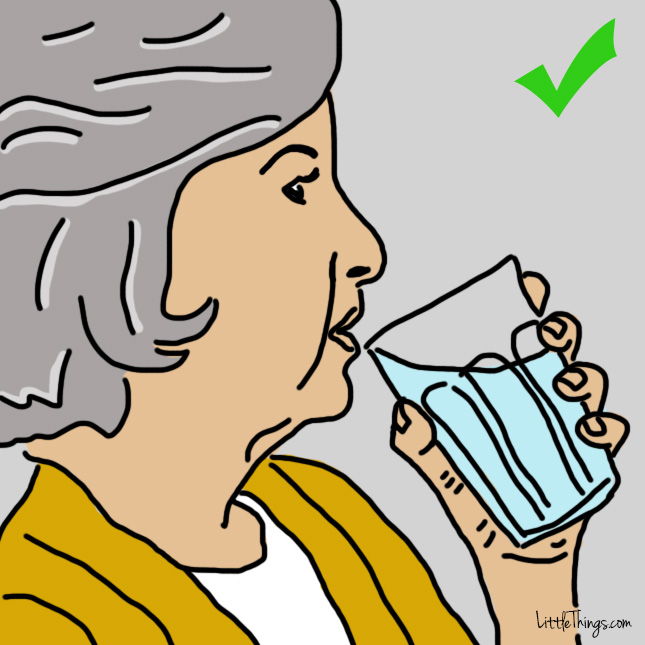
According to WebMD, studies done in the past have shown that drinking four or more eight-ounce glasses of water a day can help protect you against the development of hyperglycemia, or high blood sugar.
After studying the varying blood sugar levels of more than 3,500 men and women, researchers found that those who drank more then 34 ounces of water a day were 21 percent less likely to have hyperglycemia over the next couple of years.
Doctors don't suggest that you drink water excessively, however; as long as you drink upwards of five or six big glasses of water a day, you're perfectly healthy!
Did you learn something from these tips to balancing blood sugar levels?
Let us know your thoughts in the comments, and please SHARE with family and friends who would love to know!

